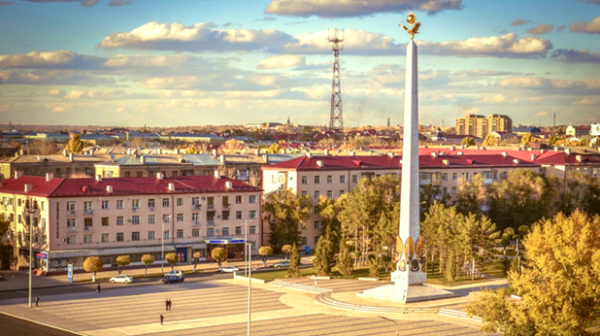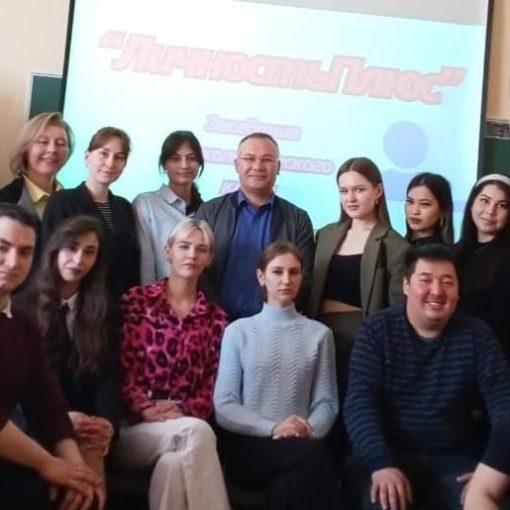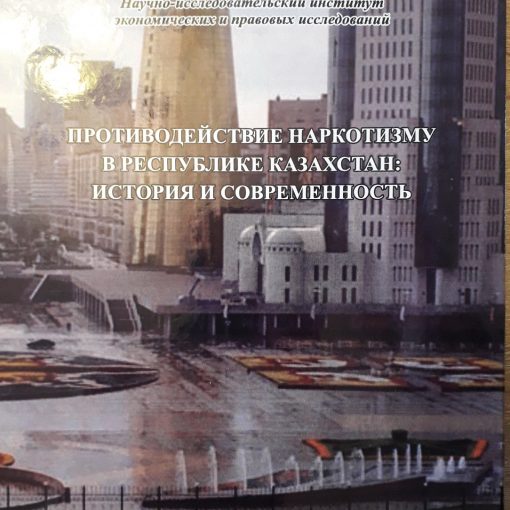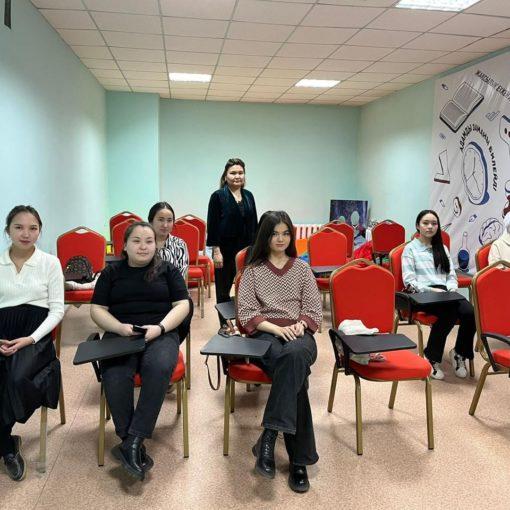Goryunova Alexandra, student of In-19-1 group:
A joyful day is approaching for all citizens of Karaganda – Karaganda City Day, which is celebrated on February 10. Karaganda is the heart of Karaganda Region. The city is a cultural, scientific, industrial and economic center. The city was given the status of a town in 1934 by the Presidium of VTsIK, and from that day the history of our young town began. But before we speak of modern Karaganda, let us look into the past of the city.

The name of the city came from the Kazakh word karaghan, a shrub, which is most common as the yellow acacia. The Kazakh suffix “dy” indicates an adjective from the word karaghan, respectively Karagandy or Karaganda is a place where karaghan grows.
There is also a legend that tells of a certain greedy bai, who once lived in the steppe. Among all his sheep and goats, there was one black sheep, which he especially cherished and considered special. Then one day the black sheep did not return to the pen with all the others. The shepherds told Bai that it was supposed to bring a litter, so it fell behind the flock. Bai got angry and told the shepherds to find the missing sheep by all means. The shepherds wandered for a long time, but did not find the lost sheep. And then one of them cried out: “Everywhere you go, there’s a karagan!” Since then, this area has been called Karaganda.

It is known that Karaganda is a city of miners. Already in the early twentieth century, coal mining began: first by Russian merchants, and later by British and French entrepreneurs. And the discoverer of the Karaganda coal basin is considered Appak Bayzhanov, who in 1833 discovered an open seam of coal near the village of Maykudyk (now housing estate Maykuduk). Knowing about the combustible properties of coal, Appak began to mine it and supply fuel to the nearest villages. A street and a coal mine in Karaganda were named after Appak Bayzhanov. Besides there is a monument to him in front of the Karaganda Regional Museum of Local lore.

At the same time, the history of the town is closely connected with the Karlag and ALZHIR penal labor camps. Karag, a place of detention of many prominent Soviet and foreign scientists and artists, became the hearth of Karaganda’s culture. In honor of the Soviet holidays, concerts, plays and even a ballet was staged by the prisoners. It was the end of the 1930s that started the history of fine arts in Karaganda and laid the foundations for the development of a new phase in the art of Kazakhstan as a whole.

Sculpture by Yu. Gummel
Modern Karaganda is a city with a population of nearly 500 thousand people. Large enterprises of coal mining, mechanical engineering, metal-working and food industries are operating in Karaganda Region. The city has a large number of enterprises of transport, education, science, culture and communications. There is everything for cultural leisure and entertainment of the local residents: clubs, a huge central park, 4 theaters, 6 cinemas, 3 museums, various music festivals, where well-known performers and bands come. As in distant antiquity, important transport arteries for the country pass here: railways and highways.

Karaganda has its own airport, Sary-Arka, which services international flights. You can get to Karaganda by any kind of transport: by plane, train or bus. I would also like to note that the region has the first place by the number of universities among regions and the third place among all administrative units of the first level (after Nur-Sultan and Almaty cities of national importance).
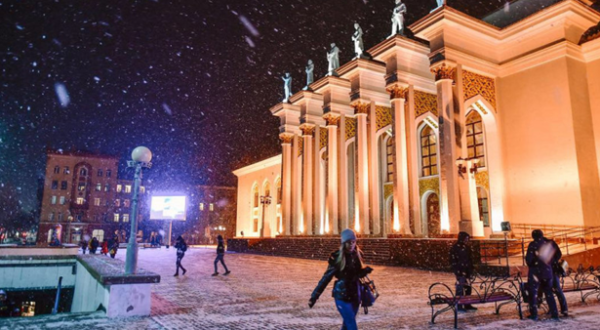
I send my best greetings to all the people of Karaganda on the occasion of the City Day! I wish prosperity, the peaceful sky over the head, kindness and mutual respect! Let everyone work for the good of your city and do not forget it, and let the city, in turn, let the residents enjoy new opportunities for growth and development.
